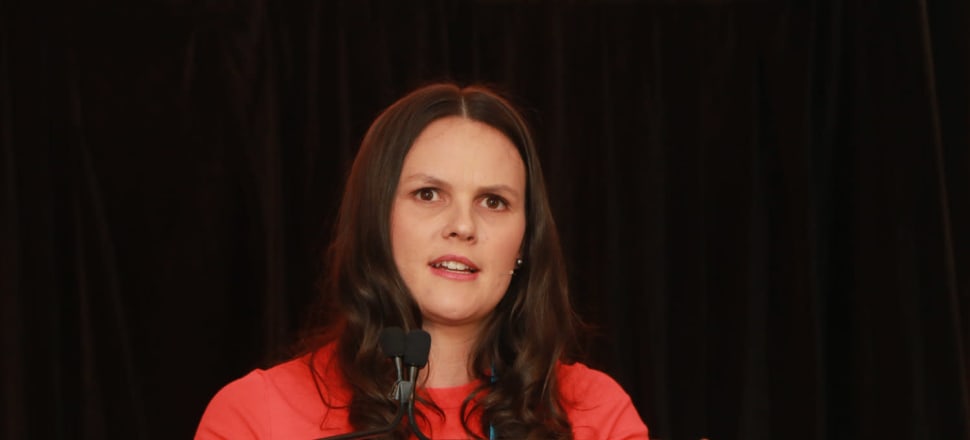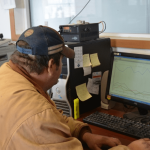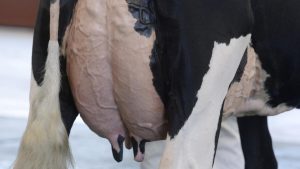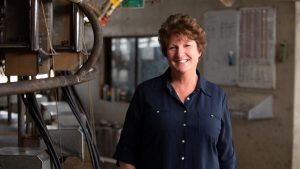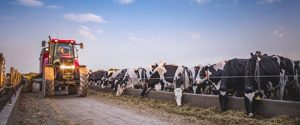
Close attention to the genetic performance of cattle has led to a concentration on the most popular bulls.
PhD student Beth Scott, who is working on a thesis on dairy genetics through La Trobe University, told the Herd ‘21 conference in Bendigo that genetic testing had increased attractive traits in cattle, particularly Holsteins, but genomic selection had also led to an increase in inbreeding.
Ms Scott described the increased rate of genetic gain in recent years, which was accompanied by a more narrow selection of top performing bulls.
More desirable traits were being selected but this was accompanied by an increase in inbreeding.
The rate of genetic gain has dramatically increased in Holstein bulls and to a lesser extent in Jersey bulls.
Ms Scott pointed out that tracing inbreeding was difficult in Australia because there were very few animals with complete pedigrees going back nine generations.
So instead she drew on information drawn from genomics.
Ms Scott described the impacts of what is termed “inbreeding depression”.
For example, in milk production, a one per cent increase in inbreeding results in a 0.63 decrease in protein.
Ms Scott studied the phenomenon in the Australian Ginfo herds.
Ginfo is Australia’s national reference for genetic information. It is a large-scale genotyping project to provide genetic and performance information to increase the reliability of Australian Breeding Values and indices.
The reference population includes more than 100 commercial dairy herds with excellent records. They are located across Australia’s eight dairying regions and include Holstein and Jersey herds.
“We can see that over genomic selection from 2013 to 2017 they have been able to increase genetic gain by 4.4 kg for protein, but also seen an increase in 1.5 per cent in breeding which results in a loss of 0.72 kg of protein,” Ms Scott said.
“So net gain in Ginfo cows was 3.7 kg.
“Inbreeding depression is worse with traits affecting fertility and survival, and it is hard to measure it in the Australian system due to data.”
One Spanish study has found inbred cows showed impaired fertility and tended to have more difficulty calving than low or non-inbred cows.
Farmer Trevor Saunders, from Shady Creek near Warragul, told the Herd ‘21 conference it was in the mind of every farmer who was interested in breeding cows.
He said the reports were timely and worthy of further investigation. He said he was not surprised to hear the report.
